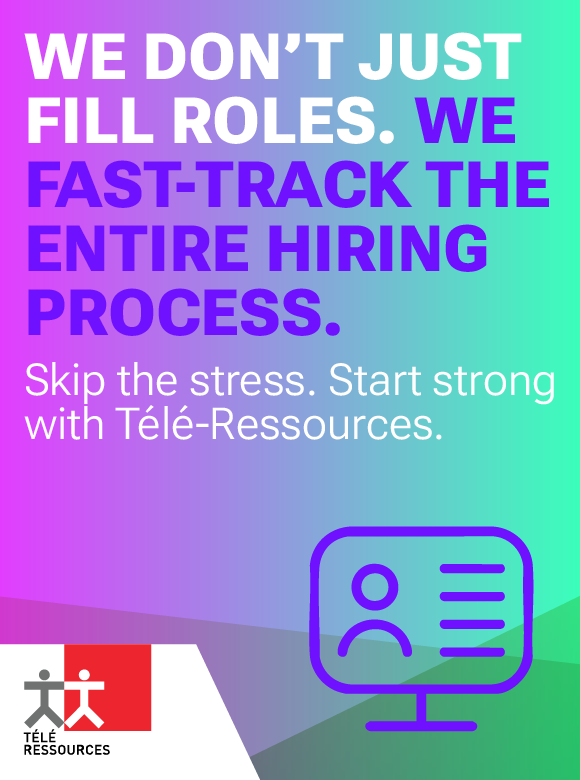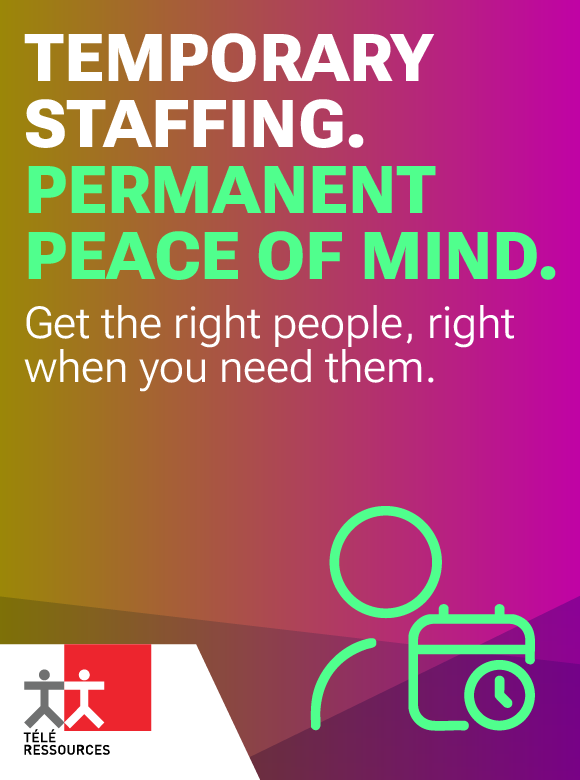How to Improve Diversity in the Workplace
 It’s 2022, and there’s really no excuse for a lack of diversity in the workplace. The benefits of diversity and inclusion in the workplace are clear: more innovation, more creativity and greater access to a wide range of ideas and experiences. Diversity in the workplace should not be defined by quotas or tokenized individuals. Rather, it should be the result of an unbiased hiring process that values unique and fresh perspectives. Here are some important guidelines to follow while building a more inclusive workplace.
It’s 2022, and there’s really no excuse for a lack of diversity in the workplace. The benefits of diversity and inclusion in the workplace are clear: more innovation, more creativity and greater access to a wide range of ideas and experiences. Diversity in the workplace should not be defined by quotas or tokenized individuals. Rather, it should be the result of an unbiased hiring process that values unique and fresh perspectives. Here are some important guidelines to follow while building a more inclusive workplace.
Focus on ‘culture add’ over ‘culture fit’
During the recruitment process, hiring managers are often caught up in the idea of ‘culture fit,’ which essentially rates the candidate by how well they can fit in to a company. Candidates should instead be evaluated through a ‘culture add’ lens which embraces their differences and realizes how their unique qualities and experiences can add to the company to create a broader knowledge base and a more diverse environment.
Review and modernize corporate policies
As times change, company policies and processes should evolve alongside. Organizations should review recruitment processes, pay scales, financial and wellness benefits, workplace flexibility and more, and ensure that their policies are equitable for all employees. Perhaps different policies also need to be put in place to adhere to employees who are disabled or who have mental health issues, those who are parents, or those who observe religious or cultural holidays.
Measure your efforts and track your progress
Efforts and changes made to improve diversity and inclusion in the workplace do not succeed overnight. Making cultural, systemic, and structural changes within a workplace takes time, and there will be roadblocks and challenges along the way. Define specific metrics, set benchmarks, and track your company’s progress to assess what is working and what needs to be altered. These metrics will also serve as accountability towards long-term goals.
Remember that diversity is about more than race
Diversity cannot simply be thought of as racial difference because it is so much more complex. Diversity is defined by the culmination of unique, individual characteristics. In addition to race, this can include gender, age, ethnicity, religion, sexual orientation, physical abilities, political ideologies, or socio-economic status. Furthermore, diversity can be found in life experience, beliefs, values, and approaches to problem-solving.


